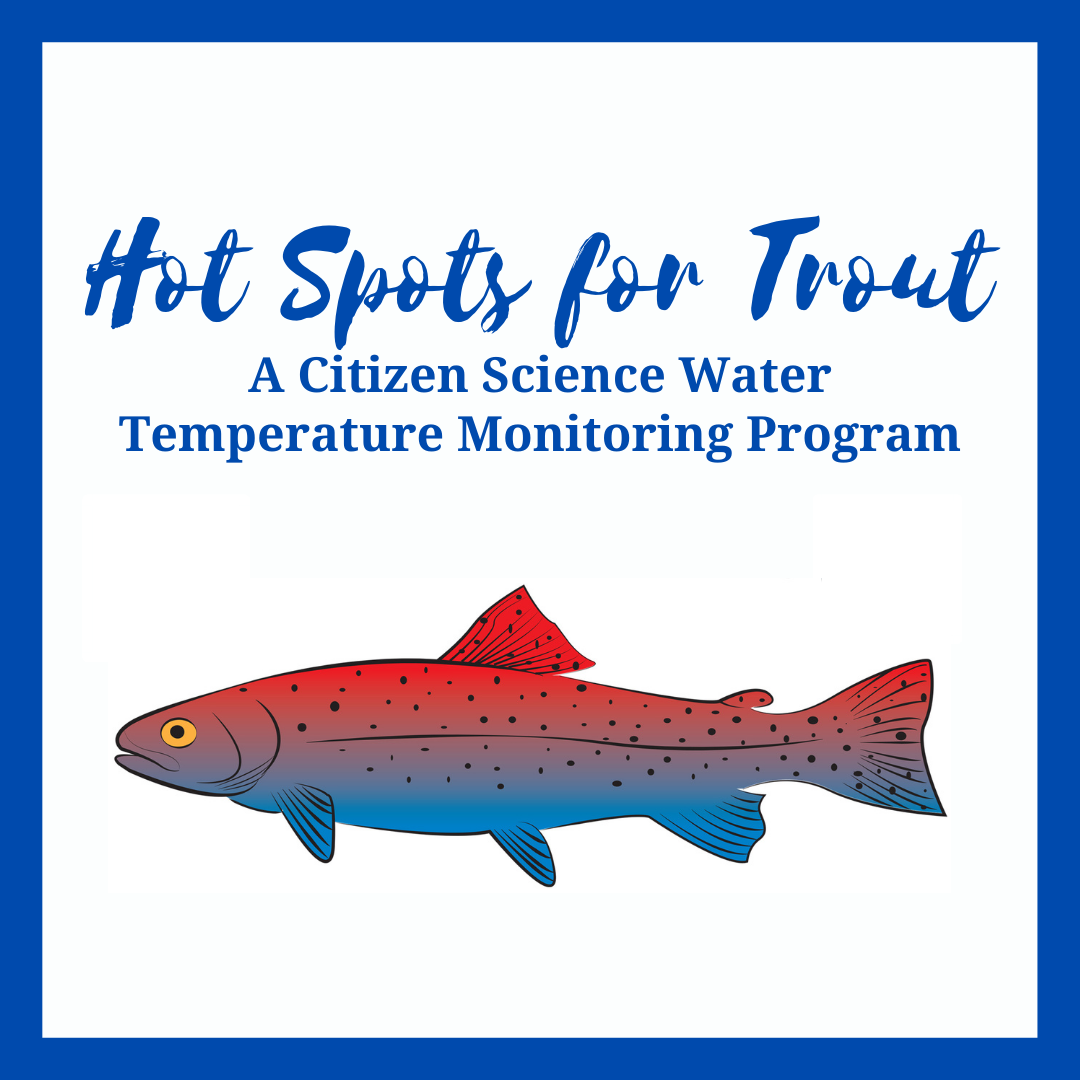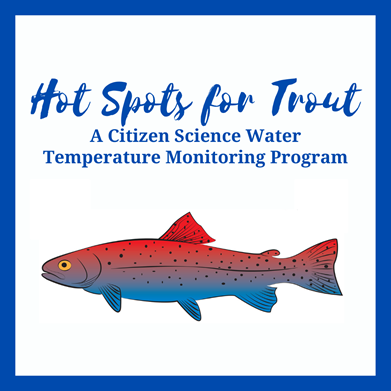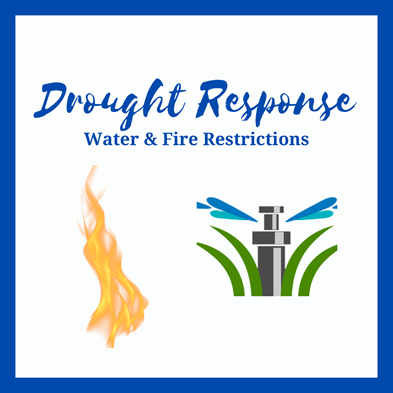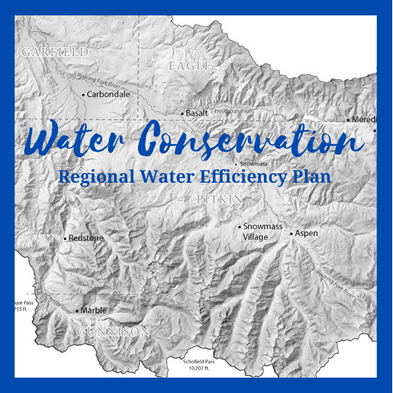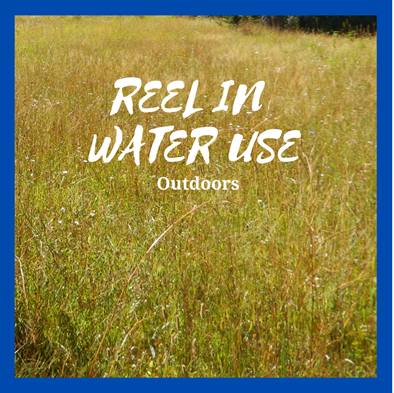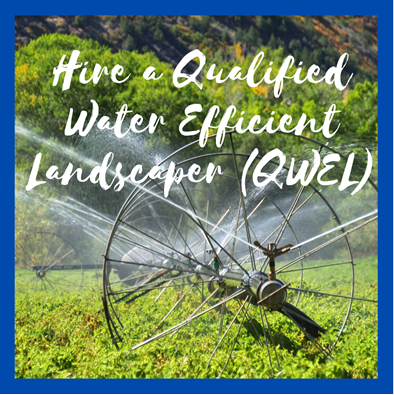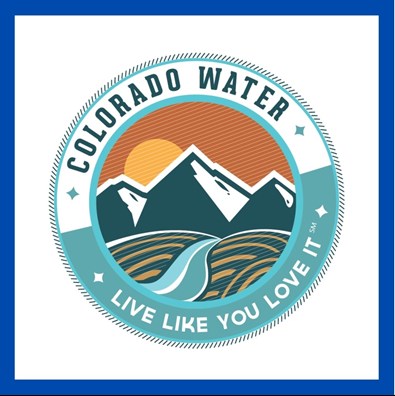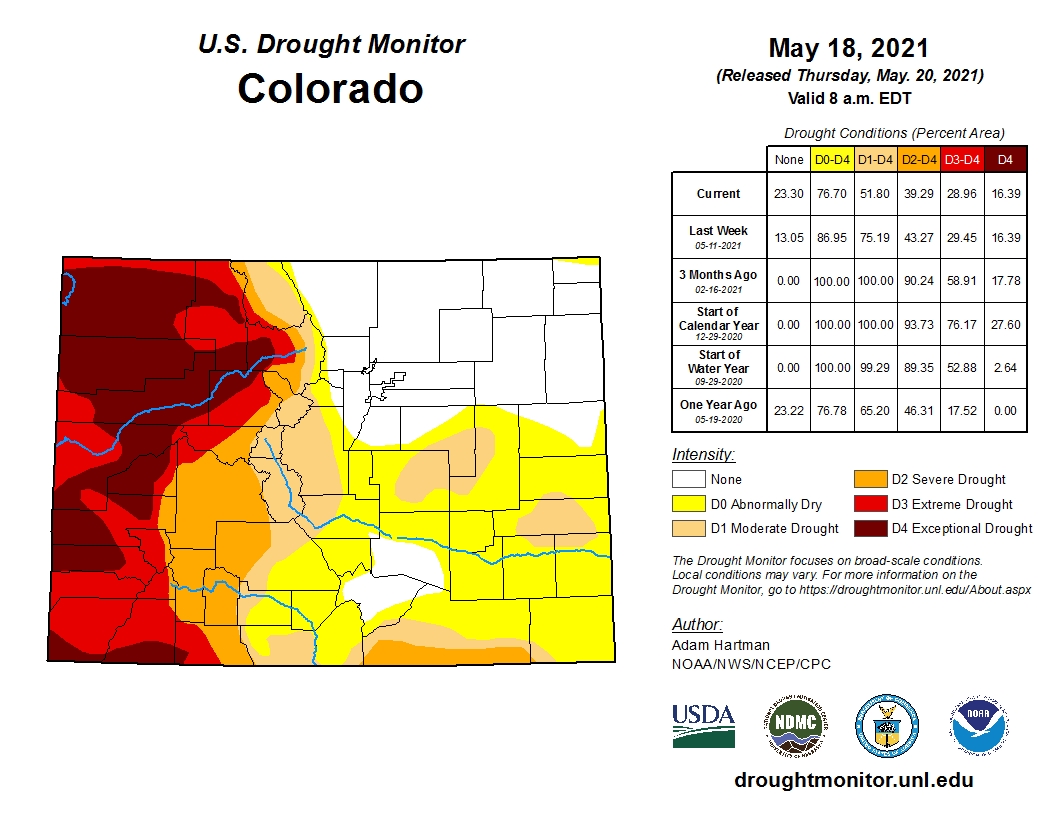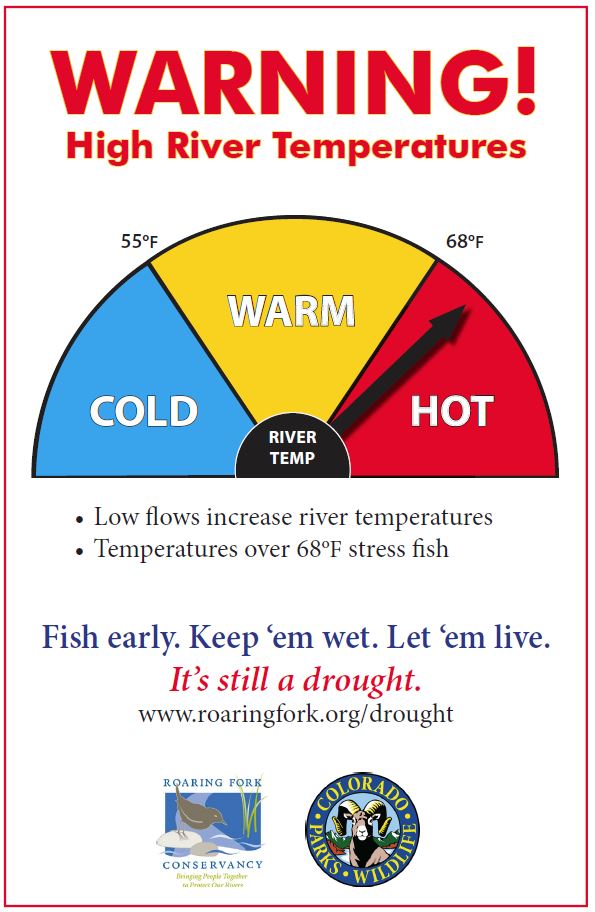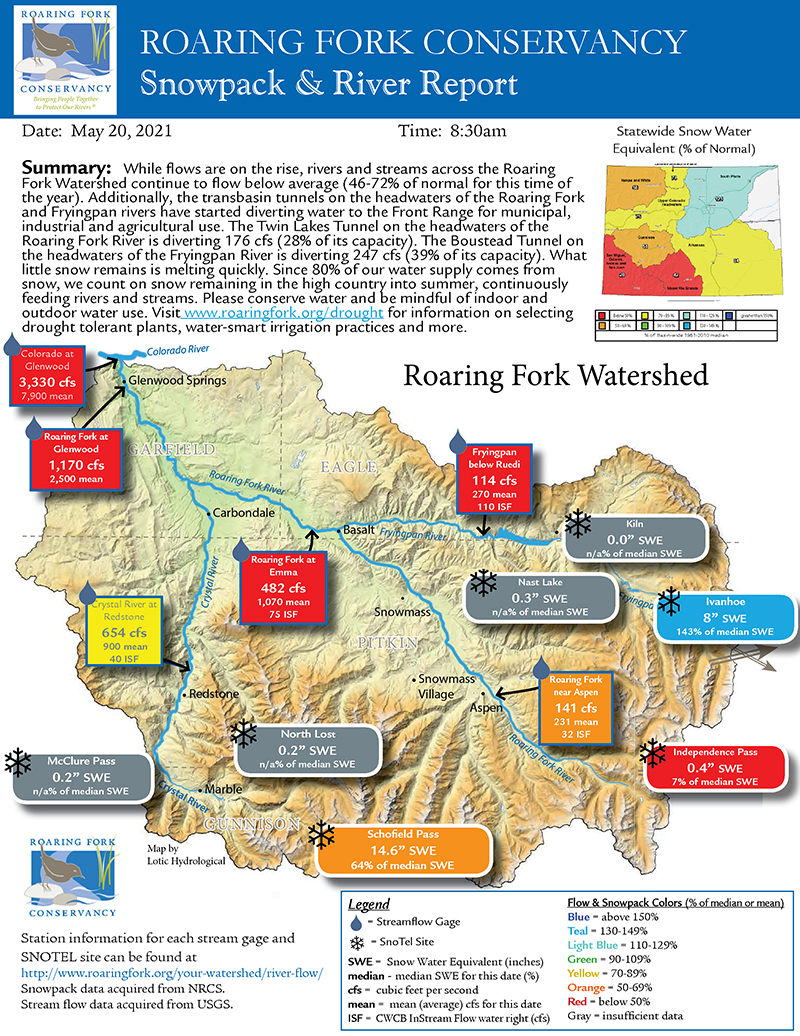Western Colorado has experienced extended periods of drought in the last few years.
- Late summer/early fall of 2019: Low to no precipitation had the Roaring Fork Watershed start winter in a drought.
- Winter 2019 into 2020: Average snowpack
- Spring through fall 2020: A hot May quickly melted high elevation snow. Persistent above average temperatures and below average precipitation continued to dry out soils and vegetation, and decrease stream flows. The watershed experienced extreme and exceptional drought (highest intensity of drought) in August 2020. Grizzly Creek Wildfire started August 10, 2020.
- Winter 2020 into 2021: Below average snowpack
- Summer into Fall 2021: Heavy, isolated rainstorms did not provide drought relief but created many landslides both in the Crystal River Valley and in Glenwood Canyon. For the first time, algae blooms were observed in alpine lakes.
- Winter 2021 into 2022: Snowpack was slightly above average but most of that came from a series of storms between Christmas and New Year. From mid-January to mid-February, much of Colorado experienced record setting lack of precipitation as reported from SNOTEL sites. Soils and vegetation remain dry due to lack of precipitation in the summer/fall of 2021. Streams reached peak flows on June 12, 2022 and dramatically decreased since then.
- Summer into Fall 2022: Rivers were flowing below normal until August when monsoon rains were contributed to increased flows. Roaring Fork Watershed remained in a drought as we closed out the water year at the end of September.
- Winer 2022 into 2023: Above average snowpack. Roaring Fork Watershed records no drought conditions for the first time since 2019.
- Summer into Fall 2023 (as of July 12, 2023): Spring had above average precipitation and below average temperatures. Those conditions combined with an above average snowpack resulted in above average flows during runoff, and a prolonged duration of runoff which provided many benefits to river ecosystems. No drought conditions recorded throughout Colorado. Ruedi Reservoir fills to 100% capacity.
- January 1-July 31, 2024: Snowpack was average and at the peak of it, the Roaring Fork Watershed measured several dust-on-snow events. Spring runoff was high and fortunately lasted longer than anticipated. However, once most of the snowpack melted, flows decreased rather quickly. As of August 1, the watershed is not experiencing any drought.
- Winter 2024-2025: Snowpack was below average or average. Two weeks of very warm temperatures in April melted a lot of snowpack.
- Spring 2025 - : Rivers are flowing well below average. As of June 26, rivers across the watershed are flowing 25-48% of normal. Drought conditions continue to intensify
As water users, we all depend on the ecosystems, energy, food, and industries supported by water in this arid Western landscape.
Roaring Fork Conservancy’s is paying attention to the effects low precipitation is having on the rivers and streams of the Roaring Fork Watershed. Please check back here often to learn about our efforts, and resources and information relevant to the drought conditions experienced in Western Colorado.
Click on the images below to learn more about:
